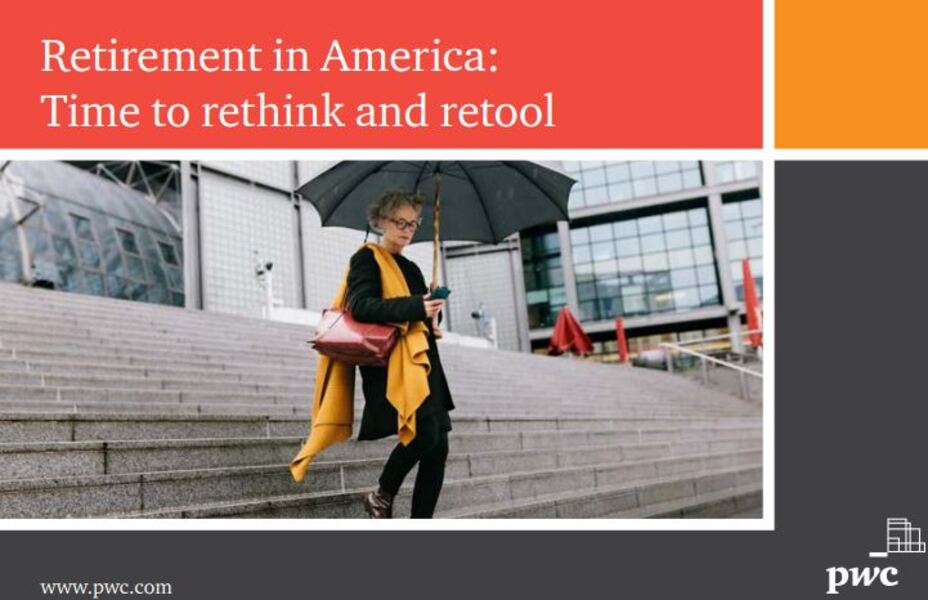Retirement in America: Time to rethink and retool
By PWC A range of factors have put intensifying pressures on the US retirement system in recent years, leaving the industry facing a decelerating revenue growth outlook. A number of these challenges — fee pressure, underfunded retirement plans, an aging population — are structural and unlikely to ease. Many retirement players have been unable to outrun even one of these factors: fee pressure. Rising industry-wide fee pressure is placing constraints on the profitability of US retirement firms with average 401(k)...










